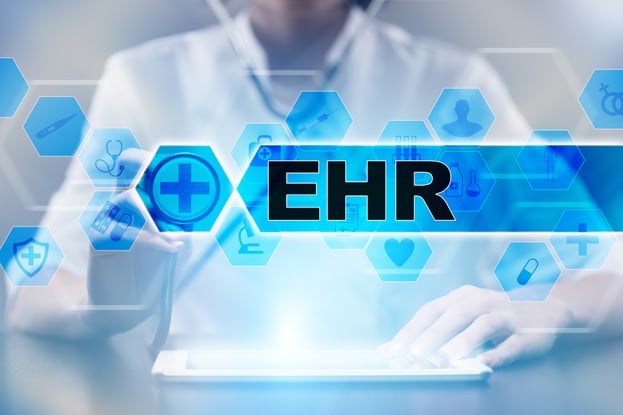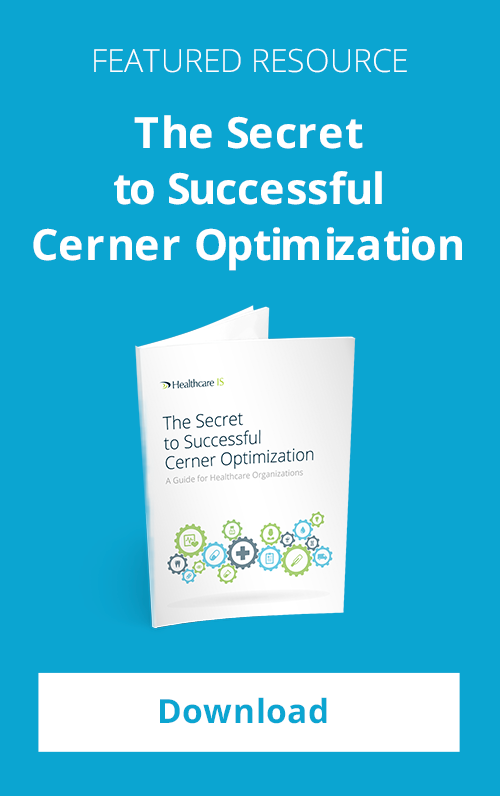
Launching a new EHR platform takes months of planning and preparation prior to the “Go Live” date. If you haven’t prepared, you might find yourself in trouble. Rolling out an inadequate system, or one that your users are not thoroughly prepared for can leave you in a challenging situation.
Careful planning can often be the difference between a successful “Go Live” and a bumpy start. As part of this planning process, organizations may find it helpful to establish clear benchmarks by which a project team can measure progress. These benchmarks make it clear where a project stands and allows adjustments to be made before things go off the rails.
It’s better to make adjustments to a budget earlier in the process than address cost overruns later on; if the trajectory of a project is off by only a few degrees in the early stages, this could lead to a result that comes in widely off the mark by the end. Here are five examples of benchmarks you should aim to hit that can help ensure that you’re primed for success as you near the go live date:
- End-User Training Program is In Place
- Help Desk Established to Deal with Support Issues
- Effective Communication Strategy to Deliver Information to End Users & Patients
- Critical Platform Components In Place
- Contingency Plans Completed
End-User Training Program is In Place
Getting your end-users up to speed on new technologies is essential to a successful rollout; training is key component of this. In order to get staff to effectively utilize the new system, training needs to be planned to meet your organization’s unique needs.
Start by determining exactly how much training you’ll need: switching to a newer version of an already deployed platform may require less than adopting completely different software. Evaluate the technical skill levels of the clinical, pharmacy, and revenue cycle management (RCM) communities to determine the amount of training needed.
Since clinician use can be pivotal to the success of a new platform, it’s important to make training sessions accessible to them; offering a variety of times to accommodate their schedules might be a good approach. It can be helpful to find training leaders with either clinical experience or experience working with clinicians to help those who are having a hard time adjusting to new tools.
Here are a few measures of success to make sure you have in place:
- Developed a timeline for training to ensure end-users are prepared by the go-live date
- Ensured adequate training resources are lined up
- Determined a format and content for effective training
- Created a contingency plan in case training is ineffective with some staff
Help Desk Established to Deal with Support Issues
No matter how well you prepare for your rollout, some challenges are inevitable. Developing a strategy to deal with support issues before the system goes live and they begin to arise can help you solve problems before they grow.
It’s helpful to map out in advance who will be responsible for logging and addressing support requests, as well as what the end user support team looks like during the Go-live. Sourcing the right team for “at the elbow” support is critical to the end user adoption experience.
Building an effective help desk system is much easier to do before you go live as opposed to playing catch-up.
Organizations can stress test their help desk systems to measure how well they’ll hold up after a launch; if it can’t pass these tests, issues may not be addressed as quickly as they should be. A help desk can also be a valuable tool in gathering user feedback that can benefit system optimization; be sure to create a way of capturing and analyzing this information.
Measures of success:
- Created a plan for evaluating the relative importance of support tickets
- Ensured a help desk is robust enough to stand up to real world conditions
- Determined a protocol for quickly addressing critical issues
- Developed contingencies for worst-case scenarios like prolonged system downtime
- Established a way for user feedback to be consolidated and analyzed for optimization value
Effective Communication Strategy Ready to Deliver Information to End Users & Patients
Good communication can keep all parties invested in the EHR implementation process and help to prevent potential problems. Providing a steady stream of information helps end-users and patients feel involved in the implementation process, and gives them an opportunity to think about the new platform and bring up any concerns.
Two-way communication is an essential tool in developing buy-in among these key stakeholders and ensuring goodwill toward the rollout of the new systems. When these groups feel heard they may be more likely to cooperate and be understanding, even in the face of unexpected difficulties. Conversely, if they are kept out of the process and not regularly updated frustration may build and patience for any issues may decrease.
Effective communication helps to manage expectations and drive overall engagement in the process. As part of this communication plan, organizations can highlight the benefits and features of the new platform while also providing updated timelines. To be most effective, your communication strategy should invite feedback from key stakeholder leaders to help you understand the concerns of different staff groups.
Measures of success:
- Developed a timeline for communicating key updates around the go live date
- Established a way for end-user groups and patients to communicate concerns and general feedback
- Determined precisely which information is essential for end-users and patients to know before go live
- Established a communication strategy in case of unforeseen challenges following platform launch
Critical Platform Components In Place
Organizations should try to determine what elements of the platform must be in place in order to launch. This may end up being a certain percentage of the platform; many organizations target 80% as a benchmark. Other organizations may focus more on specific functionalities that are essential to have in place before going live.
Launching some components without others can lead to unforeseen problems; it’s best to understand the relationships between elements of the platform. If an essential component only works with input from another part of the system, then the latter is also essential. Working with stakeholder groups to determine how certain functions will be used by staff and how a staggered rollout might affect them can be a good place to start.
Key measures of success:
- Mapped out the interrelationships and dependencies between components of the EHR platform and existing systems
- Discussed functions with key stakeholder groups to understand precisely how they will be used
- Decided what particular functions (or overall percentage) of the platform must be functional in order to proceed with a launch
Contingency Plans Completed
Any rollout of a platform should include strategies for dealing with unexpected outages. Organizations must have an actionable plan for how to proceed if the initial launch is not entirely successful. This is an unlikely situation, but problems related to components that are used daily by staff can cause significant frustrations and difficulty.
A clear understanding of how the new systems will affect both patient care and RCM should underpin your planning. Protocols for temporary, emergency workarounds should be developed: possible options include a temporary reversion to the previous platform, stopgap information storage, or manual ordering if CPOE fails. If a major problem occurs, identifying who will take charge of the situation in advance can minimize the impact of any possible outage.
Key measures of success:
- Determined potential failure points of the platform
- Worked with key stakeholders group to understand repercussions of potential system problems in their area
- Developed workarounds to prevent both data loss and the inability to capture data
- Outlined a communication plan to use in the event of outages
By working toward and meeting these key benchmarks, you can help lay the groundwork for a successful rollout of your EHR platform.
Learn more about how emerging technologies are leading to exciting healthcare innovations by downloading our latest eBook "The Future of Healthcare: How Technology Could Change the Way Healthcare is Administered".



Comments